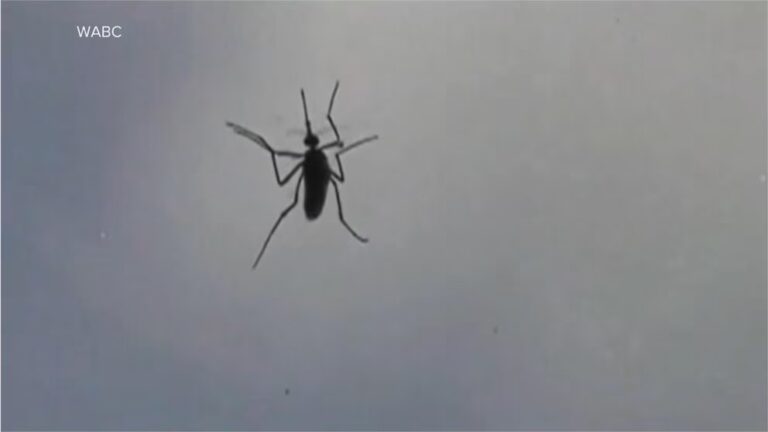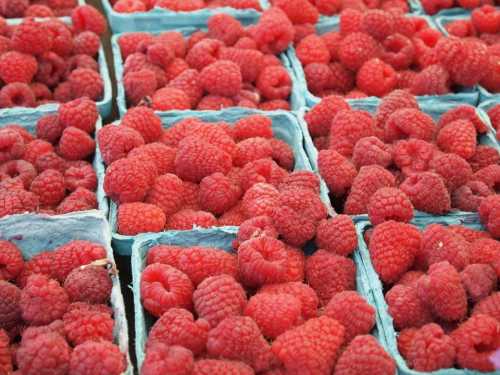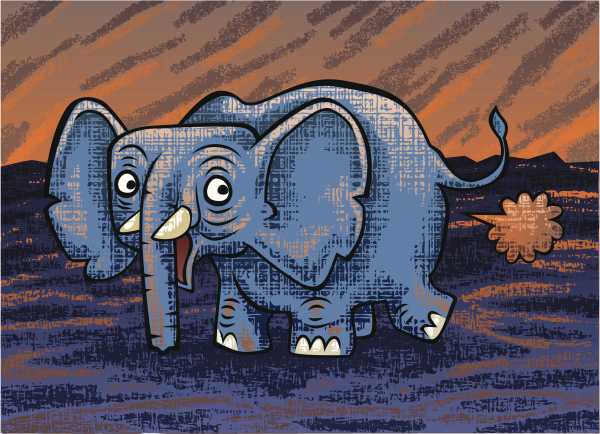
Here’s a stunning fact: almost all mammals fart, but laziness does not.
I learned this because I recently read this fart? Complete field guide to animal flatulence, which publishes on Tuesday. This is a small (133 pages), illustrated book with all that Toot back.
Each page of the book is devoted to one animal and one question: is this fart?
Orangutans? Yes.
Salamanders? Maybe.
Sloths? No.
Dani Rabaiotti, graduate of the Department of Zoology of the Zoological society of London and co-author of books, studies how climate change impacts African wild dogs. But in early 2017, her brother asked her, “do snakes fart?” and she didn’t know the answer. Therefore, it is his expert on Twitter. (Spoiler: they do.)
Virginia ecologist Nick Caruso saw the tweet and was inspired to create the hashtag #DoesItFart. The tag became a forum for discussion on animals and whether they pass gas.
Caruso and Rabaiotti actually never met in person (Rabaiotti based in the UK, Caruso in the US). But inspired by conversations in #DoesItFart on Twitter, they are written in this book together and added a sassy illustration Ethan a bit (see some examples below). “We just had a mutual interest in the bunch,” Caruso explains why their collaboration worked.
Overall, Caruso hopes that the book will help readers to assess how “there’s still a lot that we don’t know, does talking about farts and many other aspects of the biology,” he says.
And also: what do we know about farts is surprisingly wonderful. Here are some cute lessons.
1) farts make different shapes in the animal world
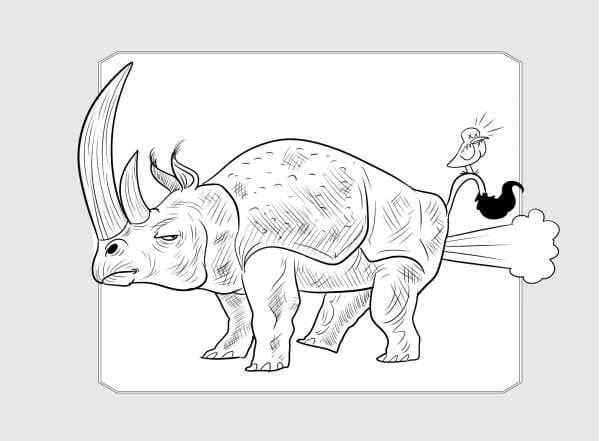

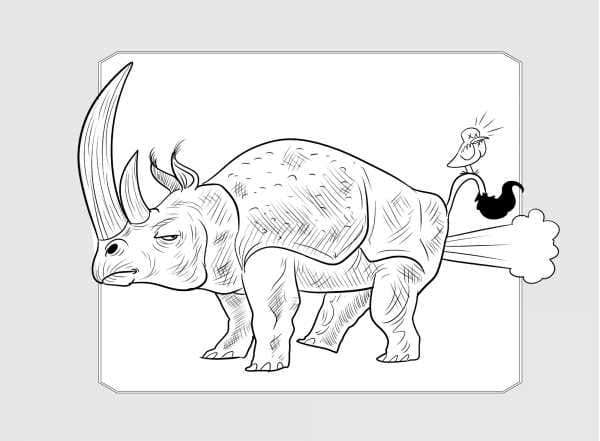
First, the “fart” is not a scientific term, so that Caruso and Rabaiotti had to decide what counted only once.
They decided on a simple definition: farts are simply the gas which exits from the end opposite the mouth, Rabaiotti says. This definition covers a wide range of biological processes.
For humans and our mammalian relatives, farts, mainly as a result of digestion. Microbes break down food in our intestines and produce gases like carbon dioxide or methane as a byproduct. In the human body, these microbes help us to break down fibrous plant materials found in beans, grains and vegetables. In addition, horses fart so much because their diet is mostly of plant origin, and their fibrous food is digested by fermentation in the back half of his digestive tract. (Elephants and rhinos to do it.) But a diet with meat can produce a lot of farts too (like red meat contains sulphur and other foul-smelling substances). Printing farts, the authors relay the smell of fish.
But some species also ingest air and then expel it from your butts. That counts as a fart.
Sonoran coral snakes have an anus like hole called a cloaca, which can suck in air and then expel it with a cotton of noise to scare off predators. Yes, it is luck.
Zebra fart when startled (we all were there). Cows fart and burp from 100 to 200 kilograms of methane per year, which is a big problem for global warming.
Octopuses do not fart gas, but they can expel a stream of water to fly across the ocean (the authors call it “pseudo-fart”). Parrots do not fart, but they can potentially mimic the sounds of human butt. No one knows if spiders fart, it’s just not been studied. And whale farts “was captured multiple times on camera,” Caruso and Rabaiotti to write.
Reviews
All farts. But here are 9 surprising facts about flatulence you might not know.
The entry for sloths explains that while they eat a lot of plants, they avoid releasing gas through a quirk of their slow digestion. “They just urinate approximately every three weeks,” says Rabaiotti.
If gases accumulated in the intestine of pigs after a long time, they can get sick and even burst. It would have been too lazy farts just reabsorbed through the intestines into the bloodstream. Next, the gases in the breath of the lung: a literal breath of fart.
There are some cases when the researchers just don’t know if they fart or not. As with salamanders and other amphibians, which “may not have strong enough sphincter muscles to create the necessary pressure for the final discharge of gases,” the authors write. Gases can ooze their bums constantly. Someone farted? Some questions in science are better left to philosophy.
I also was surprised to learn that the bat farts are not recorded in the scientific literature. And it’s possible that they don’t exist: bats digest their meal for several minutes to eat it. Food waste can be withdrawn so quickly that not a single fart can be formed.
2) In many cases, the farts help animals to survive
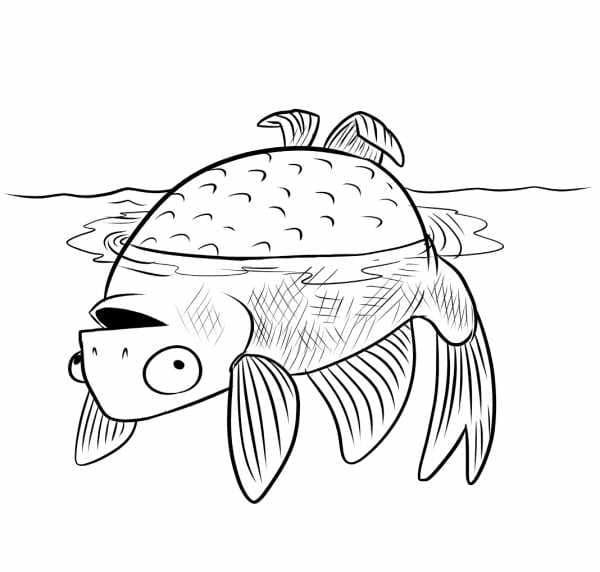

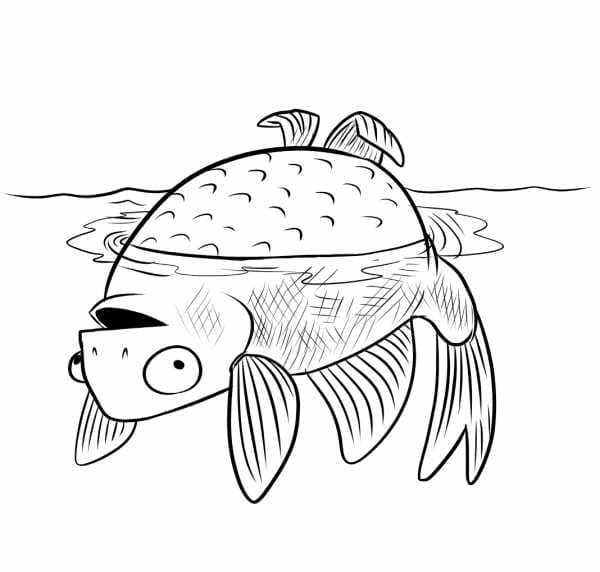
I took away from the book understanding the many ways the farts are used in the animal world. Of course, a lot of farts-this is only a by-product of digestion, smelly and serve no real purpose. But there are many behaviors in which a bunch of useful, even adaptive.
Herring is a small saltwater fish is usually served pickled — use farts to communicate with each other, so they can stick around in shallow water, even in the dark.
Manatees hold their farts to stay afloat in the water, and they are known to fart before diving from the surface. Caruso says it’s easy to notice the constipation manatee: they will swim with a tail out of the water not to expel a buoyancy gas from the ass.
One species of beaded lacewing (they look like a cross between a moth and a dragonfly), when in the larval stage, farts that contain a chemical substance that affects the termites. Then the lacewing eats the stunned, farted-on thermite. Yum.
For one species of pupfish, farting is a matter of life or death. These small freshwater fish feed on algae in the rivers of South America. These algae produce a gas, which inflates the intestine of the fish and causes the fish to float to the surface where they are more vulnerable to be eaten. So they must fart slip back into security. “What I thought was funny,” Rabaiotti said. “Imagine that they plop them to the surface, desperately trying to fart.” For me it will be extremely painful version of hell.
The book is really not to mention that all those farts smell. Elephants, we learn that “to produce an incredibly pungent farts”. But it is more violent than the Zebra farts? More malodorous than the manatee butt burps? And what is the quality of their smell: a musky, gray, salty? The reader may need to go out into the world and find out.
3) and finally, here’s a question I don’t even know what I wanted to say: dinosaurs fart?
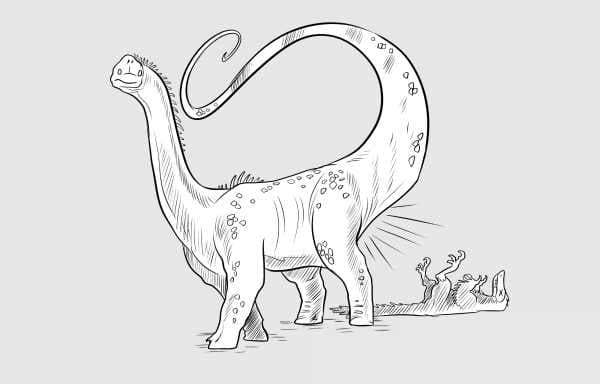

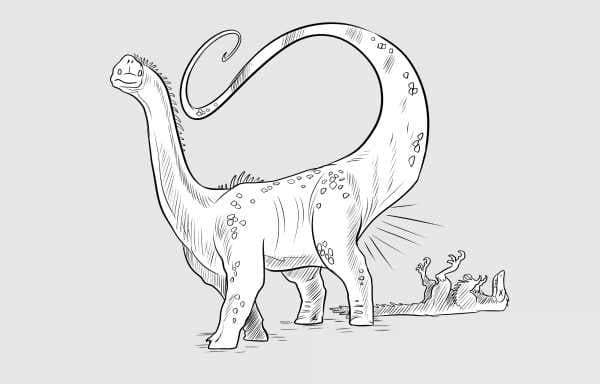
Dinosaurs roamed and ruled the Earth hundreds of millions of years. But they don’t stink up the room?
First, evidence of guilt: he believed that modern birds are the evolutionary descendants of dinosaurs. And generally speaking, birds don’t fart, not enough bacteria in the stomach, which creates gas in the intestines.
“But then the dinosaurs were very diverse,” says Rabaiotti. There were meat eaters like Tyrannosaurus terrible, and there were giants like the sauropods ate only plants. Perhaps the vegetarian dinosaurs had the gut bacteria necessary to break down these fibrous plants and produce gas.
“These animals probably did fart” Rabaiotti said, “and we’re pretty sure they don’t fart.”
Sourse: vox.com

